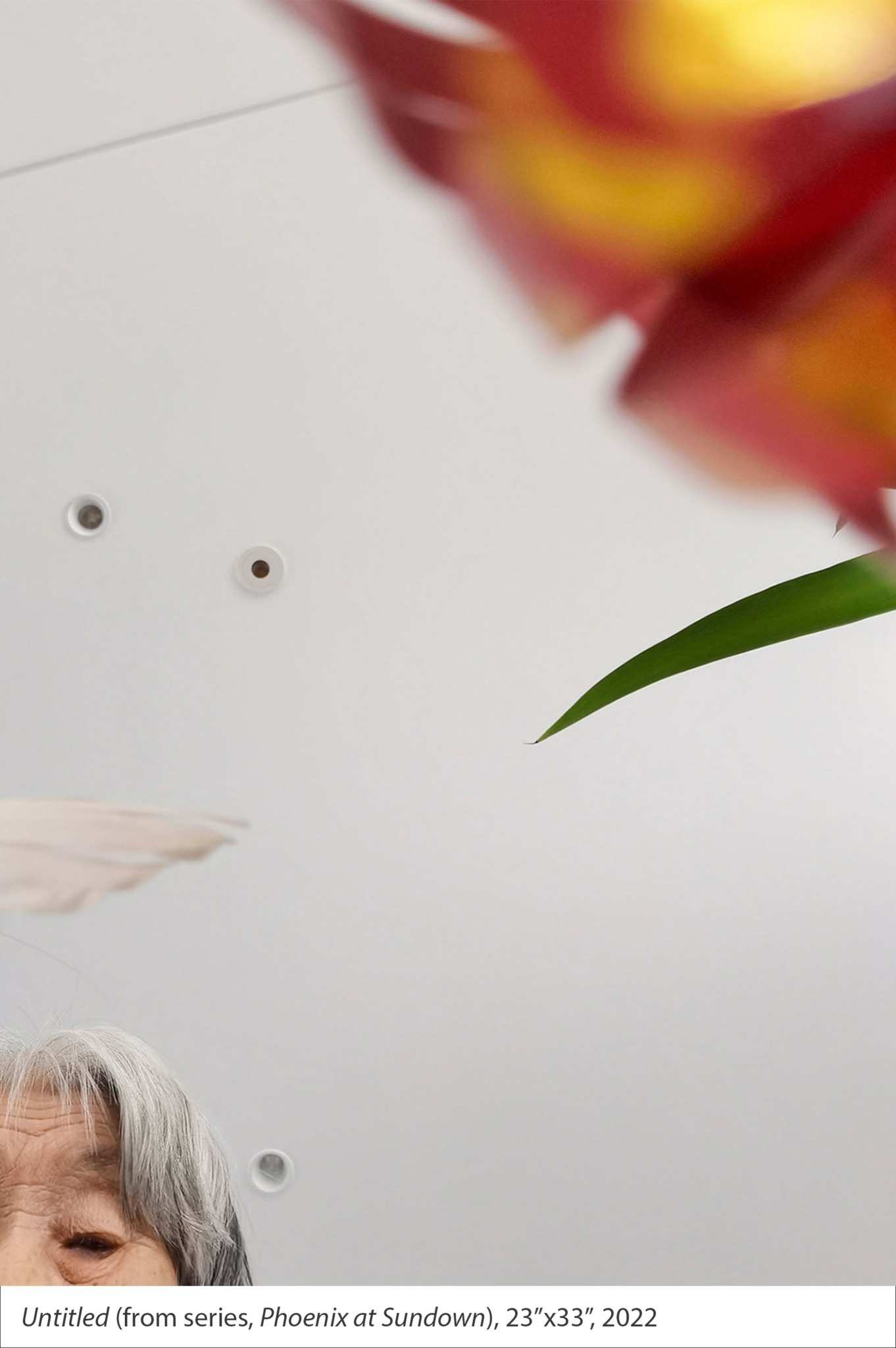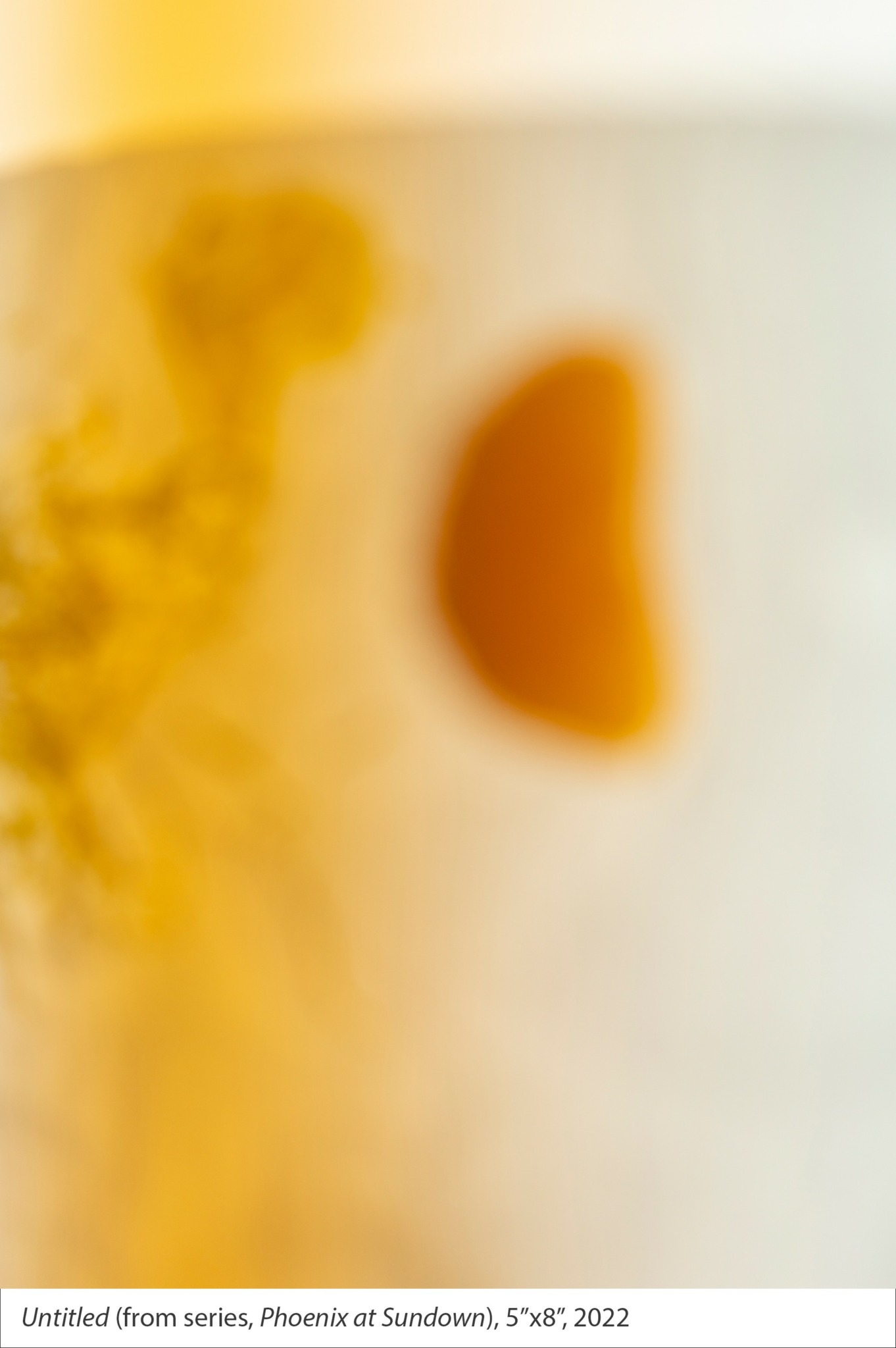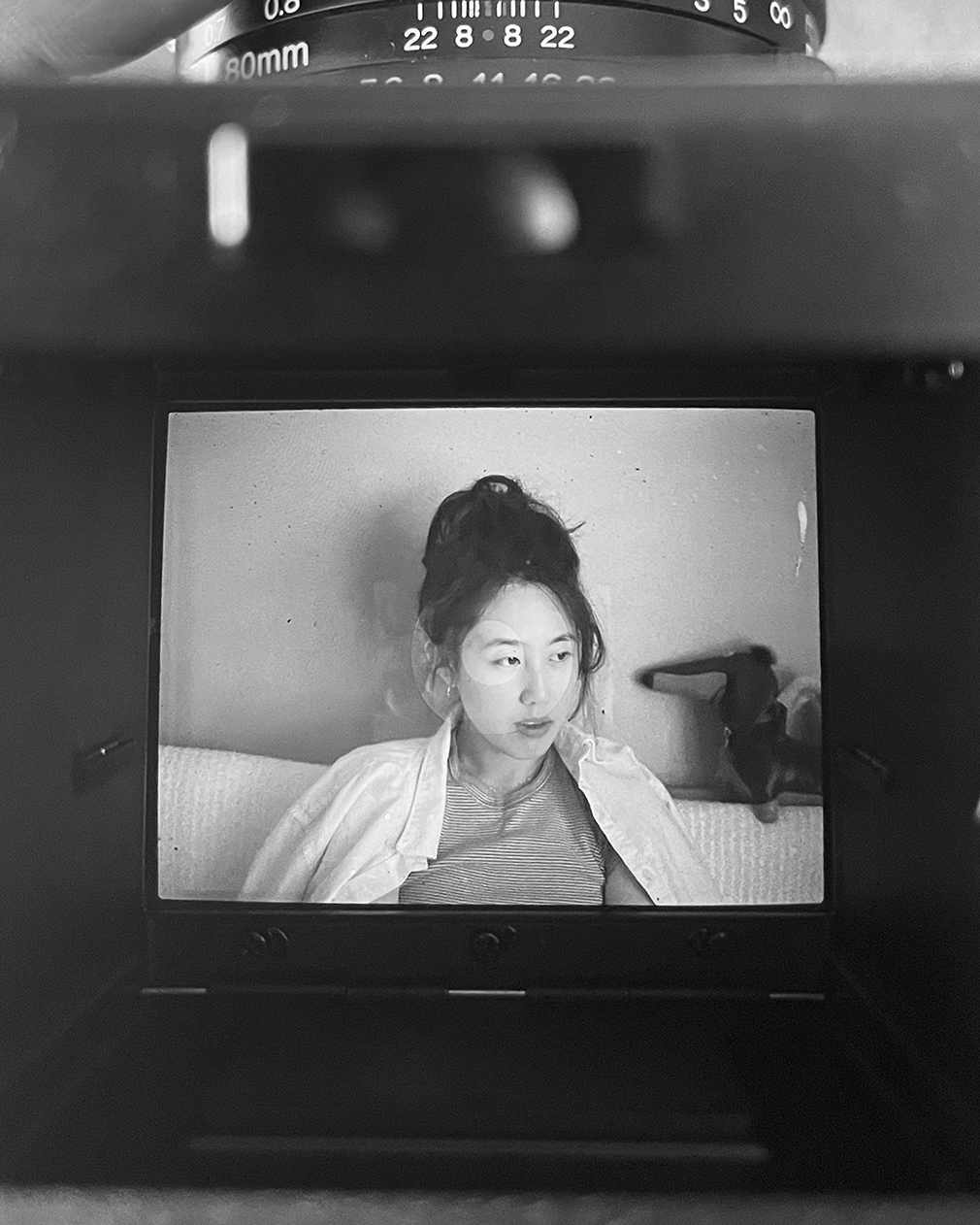We recently connected with Yuxiao Mu and have shared our conversation below.
Yuxiao, thanks for taking the time to share your stories with us today We’d love to hear about a project that you’ve worked on that’s meant a lot to you.
The project Phoenix at Sundown holds the most meaning for me. I started it in late 2022 as a response to my grandmother’s progressing dementia. When I call her by her nickname, “小凤” which represents “Phoenix”, she is surprised. I tell her stories from her past, and she laughs, embarrassed and says her memory is fading because she’s already in her sixties, but when I remind her she’s ninety, she gasps in disbelief.
This project is an exploration through both her eyes and mine— what it is like to experience simultaneously the presence of memory and its absence. One image, of raindrops on a dim window backlit by sunset, reflects how dementia often worsens after the brightest parts of the day, casting a shadow on what was once so clear. Another shows melting M&Ms in my palm, a tribute to her love for order and sweets, but also an acknowledgment of the way memories dissolve, even as familiar things surround her.
I hope these images reach beyond documentation and into empathy, inviting viewers to witness both the beauty and pain within dementia. By showing these nuanced moments, I want audiences to see that even in loss, love and joy remain. Art opens doors for conversations about aging and memory that are hard to start, helping others feel seen in their own experiences. Through Phoenix at Sundown, I hope to inspire people to find the colorful moments in their lives, even amid the hardest realities.
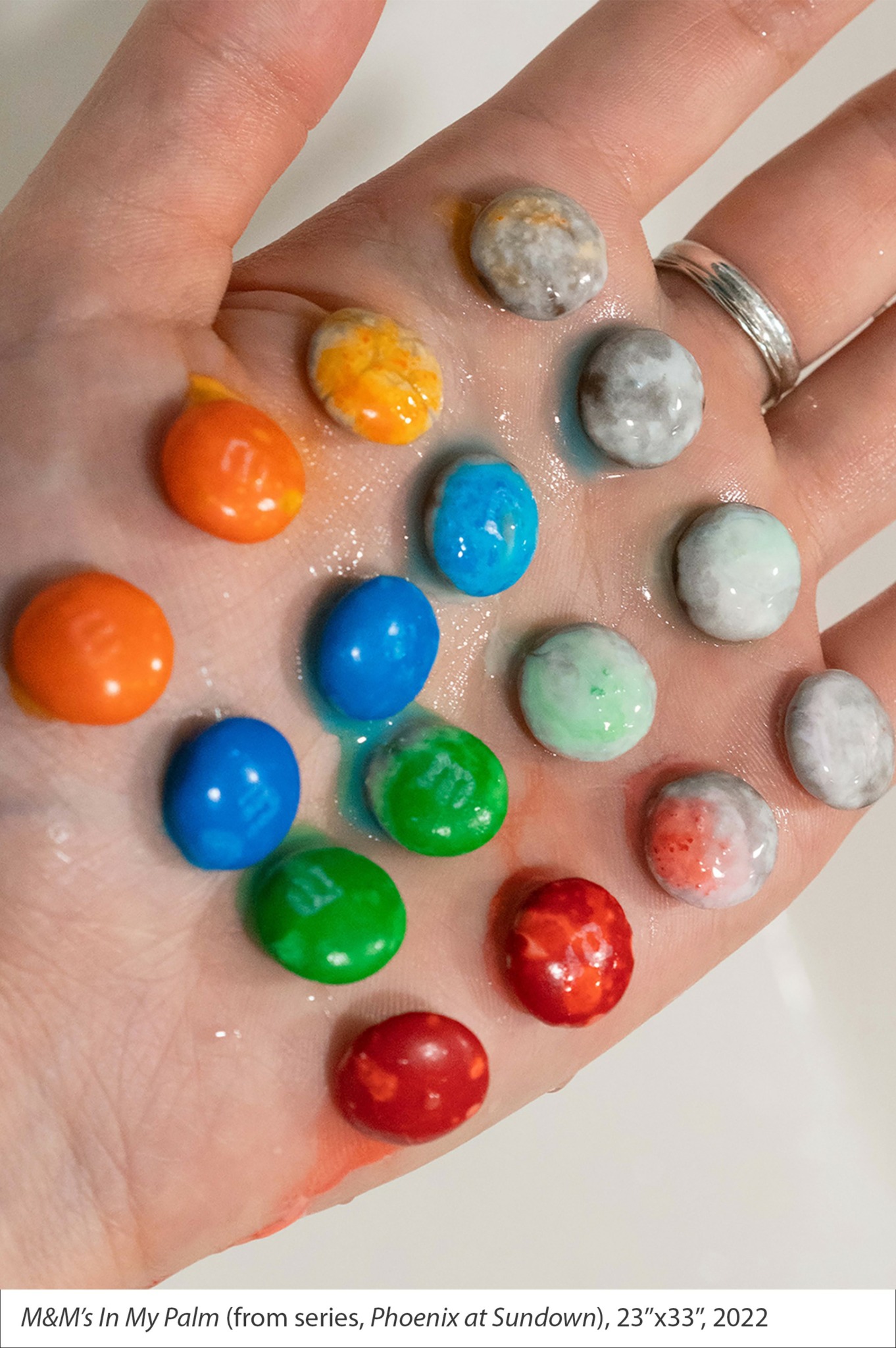
Yuxiao, before we move on to more of these sorts of questions, can you take some time to bring our readers up to speed on you and what you do?
My journey into the arts started with the influence of my father, an architect, whose passion for design left a lasting mark on me. Attending an art-focused high school gave me a strong foundation in visual arts, where intensive art practice helped develop my discipline and dedication. Later, I expanded my studies at the LuXun Academy of Fine Arts, where I experimented across mediums—photography, printmaking, public art, and sculpture. This broadened my creative scope and deepened my interest in blending traditional techniques with contemporary ideas.
In 2021, I moved from Dalian, China, to the United States to earn my MFA in Photography at Massachusetts College of Art and Design (MassArt). During and after my studies, I taught in the Studio Foundation department and held an administrative role within Graduate Programs. Now, as a visiting assistant professor at the Kansas City Art Institute, I am excited to inspire students in Photography & Filmmaking and Studio Foundation courses.
What distinguishes my work is a blend of classical and experimental approaches rooted in diverse cultural experiences. Through my art, I aim to create meaningful narratives that prompt reflection on memory, relationships, and life’s complexities.
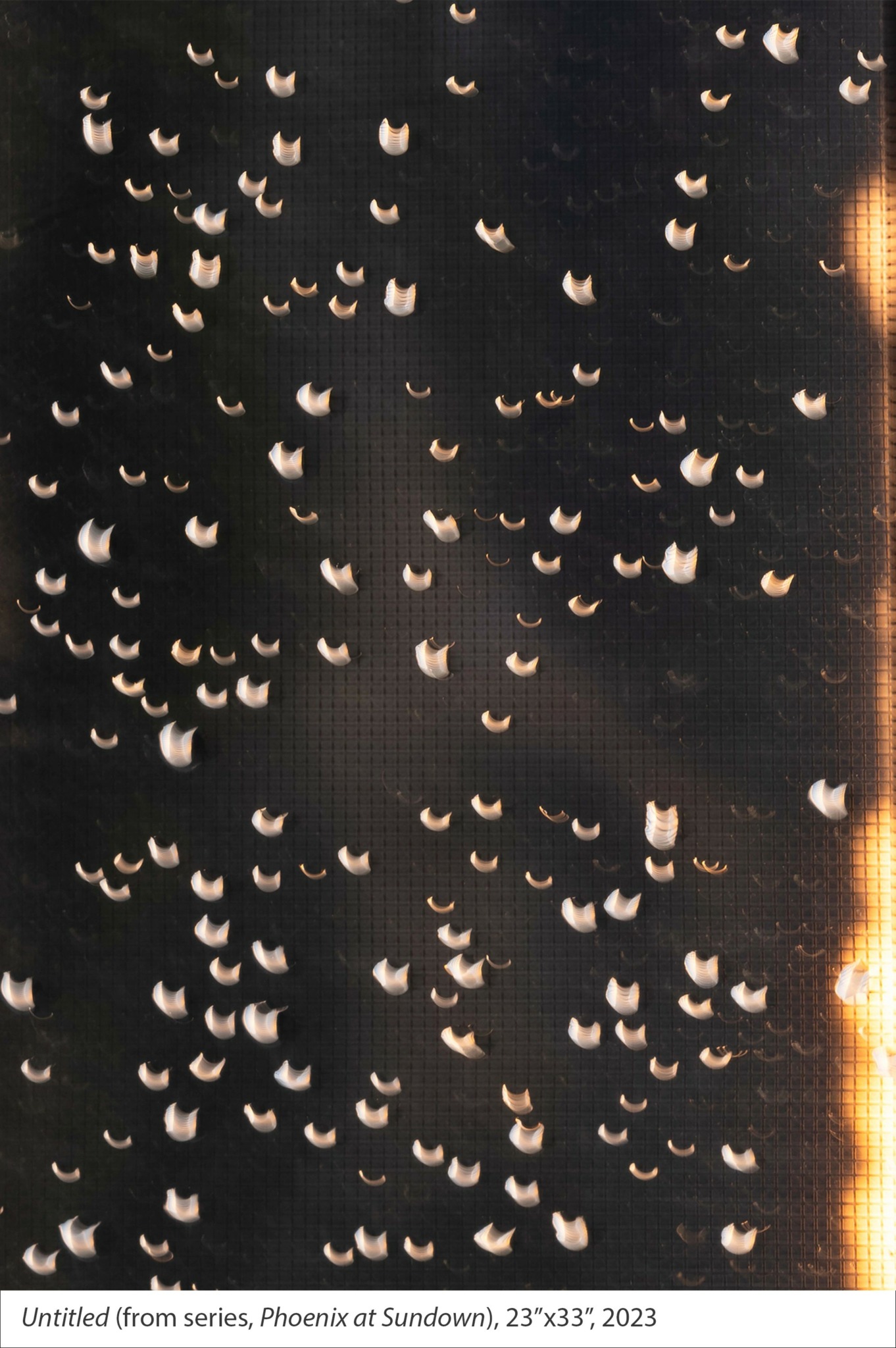
What do you find most rewarding about being a creative?
For me, the most rewarding aspect of being an artist is the ability to connect deeply with others through shared experiences and emotions, particularly across cultural divides. My work explores themes of memory, family, and cultural identity, using visual storytelling to express my unique perspective and heritage. Through my artworks, I hope to bridge cultural gaps and evoke empathy, inviting viewers to reflect on their own stories and perhaps even see them from a new angle. Art becomes a language that transcends words, allowing me to share my culture and create a sense of unity in the diversity of experiences.

How can we best help foster a strong, supportive environment for artists and creatives?
From my perspective, society can best support artists by making room for diverse, personal voices and by investing in resources that genuinely support creative growth. Affordable studio spaces would also make a big difference; for me, having a dedicated place to work and reflect could mean the difference between finishing a project and putting it on hold indefinitely. Community art centers that host exhibitions, workshops, and talks can create a bridge between artists and the public, fostering mutual understanding. Even programs that bring local students to meet with practicing artists would help people, from a young age, see art as a valued part of life. A thriving creative ecosystem, to me, means a society that celebrates the many ways art can connect us across generations, cultures, and perspectives.
Contact Info:
- Website: https://muyuxiao.com/
- Instagram: @x.ppmu
